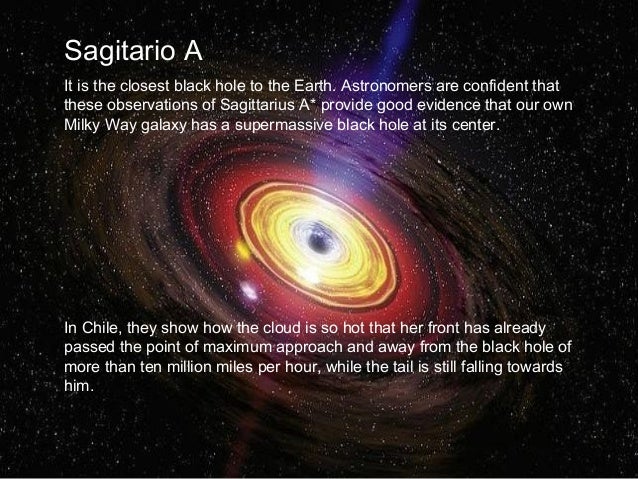
Complete exploration of Milky Way
In the night all the stars that we see in the sky are part of one
galaxy known as the milky way. In the night sky it was imagined that milky way contains all the stars in the universe but with the help of advanced telescopes we get to know that milky way is just one of the galaxy among billions of galaxies.
The stars are arranged in a pinwheel pattern with four major arms, and we live in one of them, about two-thirds of the way outward from the center.
Most of the stars in our galaxy are thought to host their own families of planets.

Quick Review about the milky way
. Type of Milky Way Galaxy- Spiral Galaxy
. Confirmed Exoplanets- 4414 Planets
. Confirmed Planetary Systems- 3074 Systems
What is at the Center of the Milky Way?
All of the stars in the Milky Way orbit a supermassive black hole named Seggiterius A at the galaxy's center, which is estimated to be four million times as massive as our Sun. Fortunately, it is a safe distance from Earth, at around 28,000 light-years away. Our galaxy is one of the countless billions in the universe, each having millions, or more frequently billions, of stars of its own.
We call our galaxy the Milky Way because it appeared to ancient observers to be a milky band of light – like a cosmic roadway – stretching across the dark sky.

Size And Distance
It is estimated by the scientists that the milky way galaxy has a radius of 52,850 light-years. From the earth, the distance to the center is 25,650 light-years. The Milky Way zips along a galactic orbit at an average speed of about 514,000 mph (828,000 km/hr). It takes about 230 million years for our solar system to make one revolution around the galactic center.
Location
 Our Milky Way is located in a local group of more than 30 galaxies that are gravitationally bounded with each other. This local group is stretched 10 million light-years across. Among this group, the nearest galaxy to the milky way is Andromeda Galaxy which is many times larger than our milky way. Scientists have after 1 billion years these two galaxies will collide with each other making a single galaxy called milkydromeda.
Spaceships on Exploration
Voyager 1- Reached the interstellar space
Voyager2- Reached the interstellar space
Our Milky Way is located in a local group of more than 30 galaxies that are gravitationally bounded with each other. This local group is stretched 10 million light-years across. Among this group, the nearest galaxy to the milky way is Andromeda Galaxy which is many times larger than our milky way. Scientists have after 1 billion years these two galaxies will collide with each other making a single galaxy called milkydromeda.
Spaceships on Exploration
Voyager 1- Reached the interstellar space
Voyager2- Reached the interstellar space
 Spaceships on their way to reach interstellar space
Spaceships on their way to reach interstellar space
- Pioneer 10
- Pioneer 11
- New Horizon
Thanks for giving your time to this post.








Comments
Post a Comment